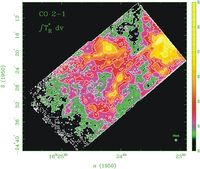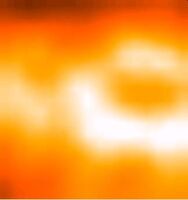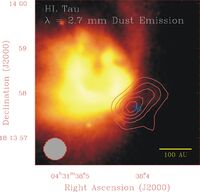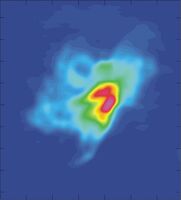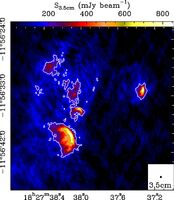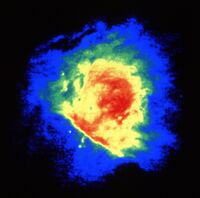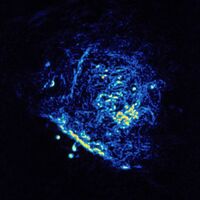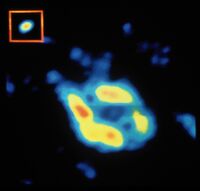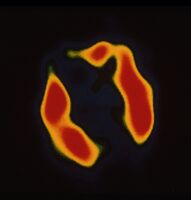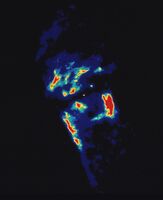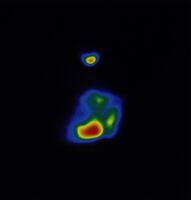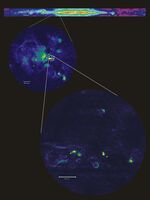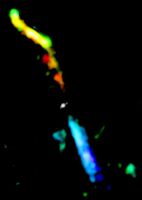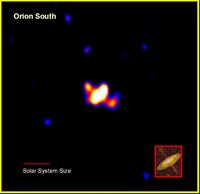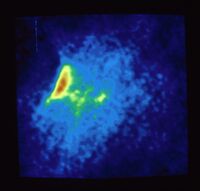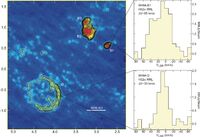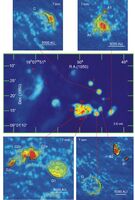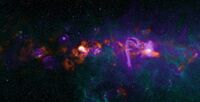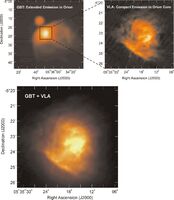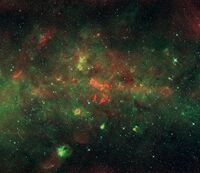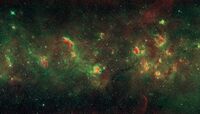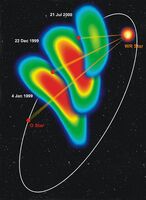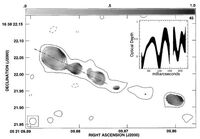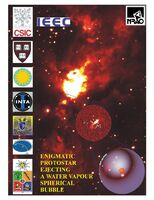Legacy Astronomical Images > Galactic Sources Series > Star Forming Regions Unit
Description
Stars form within dense clouds of cold gas and dust. As the gas collapses under its own gravitational attraction, the core heats up until nuclear fusion begins - a star is born. All this occurs deep within clouds so dense that visible light cannot escape. But, radio waves can escape and we can use those radio waves to figure out what happens when a star is born. Once a star or a cluster of stars "turns on", the heat from the star can ionize parts of the cloud around it producing regions of ionized gas (HII regions) which emit radio waves. The new star(s) also heat dust in the cloud which then emits radio waves which we can detect. This "warm" dust (at a temperature of only 10 to 100 degrees above absolute zero) may be located in a circumstellar disk around the new star - a disk that astronomers believe may be the birth place of planets like our own solar system.
Collection Items
Collection Tree
- Legacy Astronomical Images
- Legacy Astronomical Images > Galactic Sources Series
- Legacy Astronomical Images > Galactic Sources Series > Star Forming Regions Unit
- Legacy Astronomical Images > Galactic Sources Series

